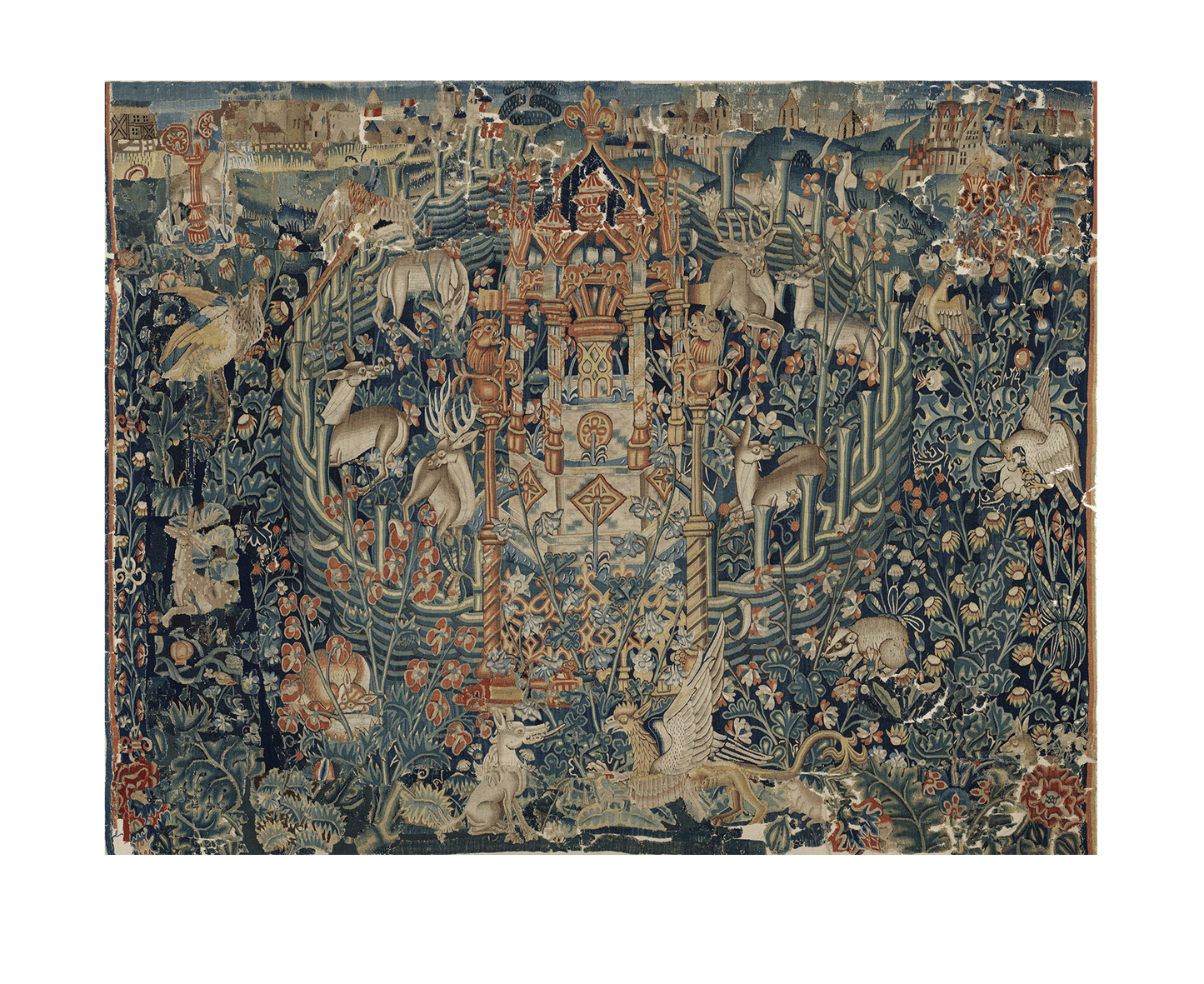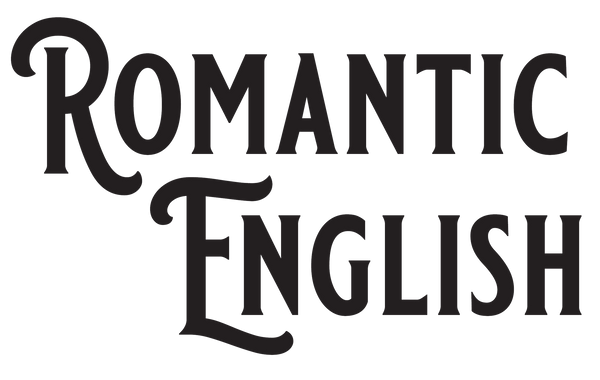Romantic English
The Enchanted Arbor: A Tapestry of Nature and Myth RE925068
The Enchanted Arbor: A Tapestry of Nature and Myth RE925068
Couldn't load pickup availability
This tapestry is a mesmerizing example of medieval craftsmanship, brimming with symbolism, intricate detail, and a lush, almost dreamlike quality that captures the imagination. The scene before us is a quintessential representation of a Millefleurs tapestry, a style that flourished in the late Middle Ages, particularly in the 15th and early 16th centuries, known for its "thousand flowers" motif and richly woven landscapes filled with flora and fauna.
The Central Scene: The Enchanted Garden At the heart of this tapestry lies an intricate architectural structure, possibly a pavilion or a mystical fountain, that serves as the focal point of the composition. This central structure is a marvel of Gothic design, with its ornate pillars, arches, and latticework, all meticulously detailed with geometric patterns and delicate tracery. It stands as a symbol of harmony and order amidst the wild, natural surroundings—a man-made sanctuary within an enchanted forest.
Surrounding this central motif, the scene is alive with a variety of animals, each rendered with a keen eye for detail and a sense of movement that brings the entire tapestry to life. We see graceful deer and stags, their antlers a magnificent crown, wandering through the foliage, perhaps symbolizing purity, peace, and the connection between the natural world and the divine. A griffin, a mythical creature with the body of a lion and the wings of an eagle, prowls near the bottom, adding an element of fantasy and guardianship to the scene.
The background is densely packed with flowering plants, each meticulously woven with a riot of colors—reds, blues, and greens—that create a tapestry of nature’s bounty. The flowers are not mere decoration; they are emblematic of the fertility and vibrancy of the garden, representing an Edenic world where nature flourishes in harmony. The richness of this floral display, combined with the carefully rendered animals, suggests a paradise on earth, a place of serenity and eternal spring.
The Border and Background: The border is relatively subtle, allowing the lush interior scene to dominate the viewer’s attention. It may be adorned with simpler geometric or floral patterns, providing a gentle frame that does not compete with the intricate narrative within.
In the background, the tapestry opens up to reveal a landscape dotted with castles and fortresses, their turrets and towers rising against the horizon. These structures suggest the presence of human civilization just beyond the enchanted garden, perhaps symbolizing the boundary between the cultivated world of man and the wild, untamed beauty of nature. The distant buildings are rendered in a manner that creates depth, drawing the eye into the tapestry and giving it a three-dimensional quality.
Symbolism and Purpose: This tapestry, like many Millefleurs, is rich with symbolism. The central pavilion or fountain could represent the Fountain of Youth, a common theme in medieval art, symbolizing renewal, purity, and the eternal life promised by paradise. The animals, too, are laden with meaning—each creature representing various virtues, vices, or elements of the natural world, all coexisting in this idealized landscape.
Tapestries like this one were often commissioned by the nobility to adorn the walls of castles and grand homes, serving not only as insulation but also as a demonstration of wealth, taste, and intellectual sophistication. The Millefleurs style, in particular, was prized for its ability to transform a cold stone hall into a vibrant, living garden, reflecting the medieval love of nature and the desire to create a personal Eden within the home.
RE925068
Share


